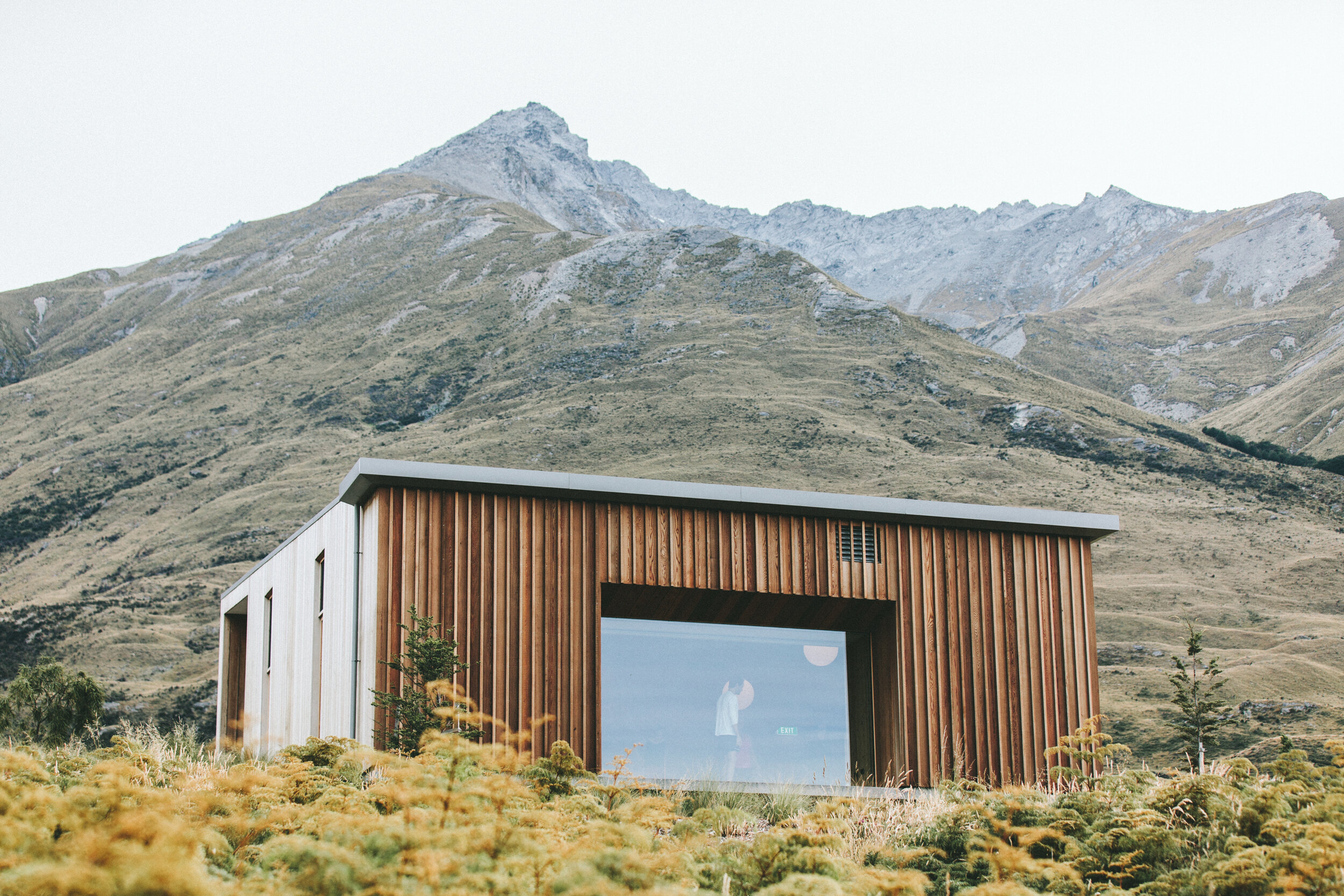Redefining User Engagement with an Audio-Based Widget
This case study explores the technical challenges, design solutions, and impact of this widget, shedding light on how it reshaped the end-customer experience of Space’s clients, while highlighting our approach to overcoming challenges we faced.
Introduction
As digital experiences continue to evolve, businesses in e-commerce and SaaS seek efficient, accessible, and engaging ways to communicate with their customers. Space, sharing the same goal on their business roadmap, partnered with MN Studio to introduce an innovative audio-based widget that was meant to elevate customer support and user engagement.
This widget seamlessly integrated into websites, providing a real-time communication channel, live audio sessions, and on-demand podcasts for e-commerce and SaaS businesses.
Client’s needs & objectives
E-commerce and SaaS companies benefit from a continuous and meaningful connection with their users. Space’s clients faced the following limitations with their existing communication channels which Space tried to address to and solve -
-
Delayed Responses
Traditional customer service systems relied on text-based communication or multi-step processes, leading to slow response times and user frustration.
-
Disconnected Platforms
Users often had to leave the company’s website and log into third-party platforms to engage in live chats, watch webinars, or listen to podcasts.
-
Inefficient Support Channels
Existing support models required users to wait in long queues, get redirected between multiple agents, or engage in text-heavy interactions, which can be tedious.
Space identified these challenges as opportunities for improvement. They envisioned a widget that could deliver instant audio support allowing visitors to join live podcasts, access past sessions, and RSVP for future events—all from a single platform. Our goal as designers was to streamline, provide the customer support, enhance user engagement, and offer a fully integrated solution that would cater to both the business’s and users’ needs.
Key Functionalities
Design Principle Highlights
Space’s widget integrates multiple functionalities into a compact and intuitive design. Below is a breakdown of its offerings. To ensure the widget worked seamlessly for various situational needs, it was developed using responsive design principles.
Responsive Design Principles
-
Collapsed Mode
In this state, the widget minimizes to a small icon or tab that does not interfere with the user experience.

-
Expanded Mode
When clicked, the widget expands to show the available functionalities, such as live chat, live podcast rooms, and an option to listen to past sessions.

-
Pop Out Mode
The widget can be popped out into a separate window for a non-intrusive experience while interacting with the customer support team or participating in a live podcast.

Modular Design
The widget’s modular design allows each feature (audio calls, podcasts, live room access, etc.) to operate independently. This gives clients the flexibility to enable and disable features based on their availed subscription tiers.
User-Centered UX and a zero jazz UI
The design follows a minimalist approach with intuitive navigation, ensuring that users can easily access support or content with just a few clicks. Interactive components like buttons, sliders, and dropdown menus are optimized for smooth user interaction.
Onboarding and Access Management for a Complex User Admin
-
Role Based Access Control (RBAC)
Tailored permissions, based on subscription tiers, ensure that only authorized users can access premium features.

-
Guided Onboarding
Interactive tooltips and cues streamline the account setup process for clients and end users.

-
Feature Visibility
Locked features remain visible but unclickable, subtly encouraging upgrades without being intrusive.

Challenges Encountered
Challenge 2: Tight Development Timeline of 4 months. The widget had to cater to two distinct user groups:
Challenge 1: Multi-Audience Utility The widget had to cater to two distinct user groups:
For end users: We segmented the project into user-centric modules, prioritizing functionalities relevant to each group.
For Space’s clients: A layered interface was designed, so users only see the features they need, minimizing clutter and confusion.
We adopted an agile project management approach. This allowed us to break the project into manageable sprints, each focused on delivering one feature at a time. Each sprint lasted four days, ensuring that a working prototype was delivered weekly. This iterative development process helped resolve issues early, avoiding delays.
End Users
Visitors needing instant support & interactive engagement
Client
Ecommerce & SaaS businesses
Challenge 3: Subscription Tiers The widget’s features were available across different subscription tiers, creating complexity in how features were displayed to clients based on their plan.
We implemented role-based access. Higher-tier clients could access more advanced features, while those on lower-tier plans saw only what they had purchased. Interactive tooltips guided users through feature availability, allowing them to explore locked features without overwhelming them.
Impact for Clients
Increased Efficiency: Businesses reported a 35% reduction in resolution times due to the real-time audio support feature.
Higher Engagement: Live audio rooms and podcasts led to a 50% increase in user interaction compared to previous static content delivery methods.
Improved Retention: The seamless user experience and direct access to content resulted in improved customer satisfaction and retention rates.
Impact for End Users
Simplified Interaction: Users appreciated the ease of interacting with customer care through audio, eliminating the need to type or navigate through multiple support pages.
Better Engagement: Live audio rooms and access to past content fostered greater interaction with the brand, keeping users engaged for longer periods.
Convenience: The ability to RSVP for future events and access content without leaving the website made the experience more seamless and enjoyable.
Leveraging WebRTC Technology, cloud-based streaming and automated features.
The Space audio widget is a powerful solution that integrates customer support and marketing into a single, easy-to-use tool. It’s a product that enhances both business operations and user engagement. The challenges faced during development were met with agile solutions, thoughtful design, and careful consideration of user needs, resulting in a product that exceeds the expectations of both e-commerce and SaaS businesses, empowering them to deliver exceptional user experiences while achieving their engagement goals.







